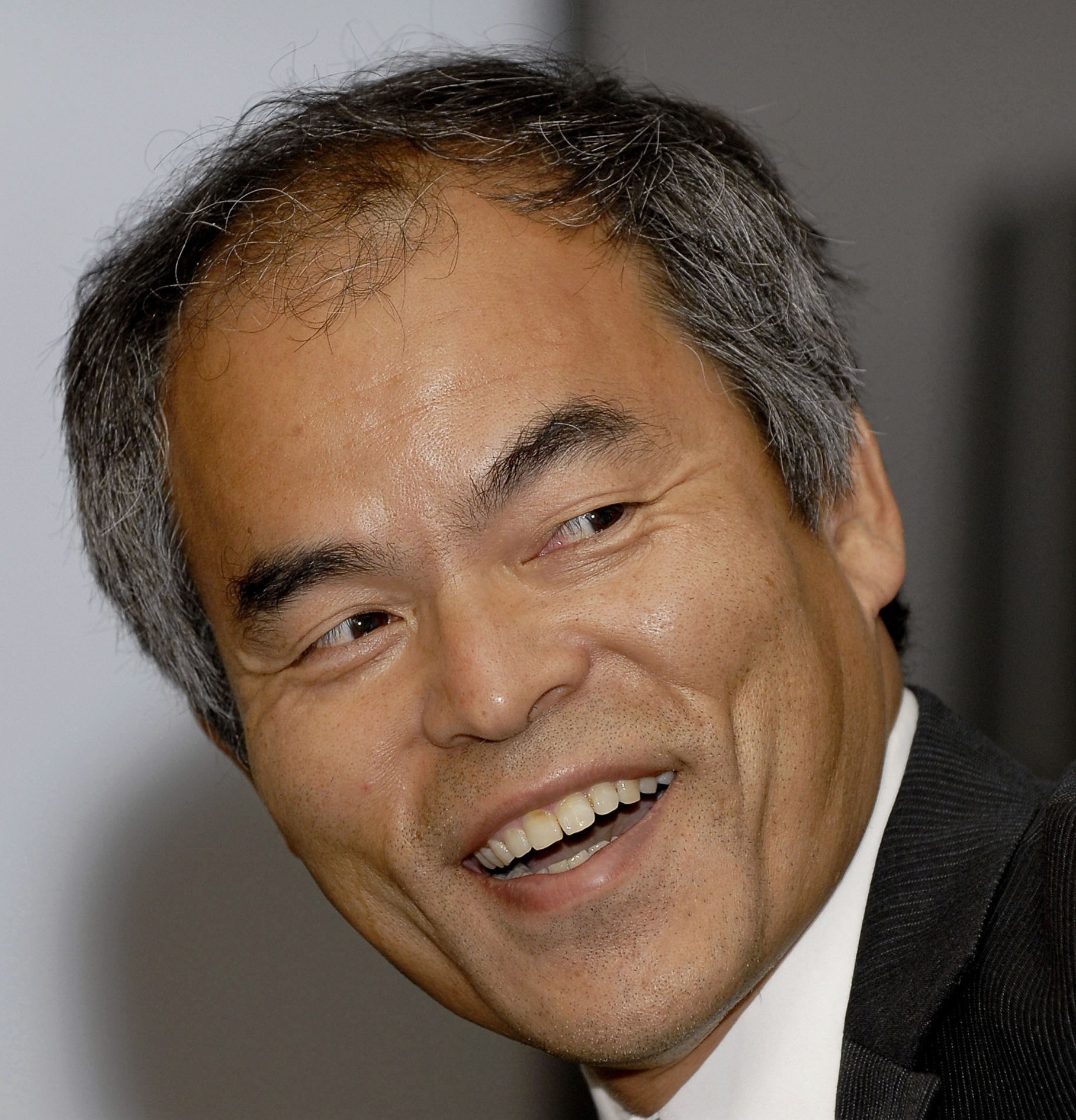Nobel Prize for physics goes to inventors of low-energy LED light
Japanese scientists Isamu Akasaki and Hiroshi Amano, and American Shuji Nakamura have won the 2014 Nobel Prize in physics for inventing a new energy-efficient and environmentally friendly light source, the LED, the award-giving body announced on Tuesday. Akasaki, 85, is a professor at Meijo University and distinguished professor at Nagoya University. Amano, 54, is also a professor at Nagoya University, while the 60-year-old Nakamura is a professor at the University of California, Santa Barbara. The laureates triggered a transformation of lighting technology when they produced bright blue light from semiconductors in the 1990s, something scientists had struggled with for decades, the Nobel committee said.
With the advent of LED lamps we now have more long-lasting and more efficient alternatives to older light sources. As about one-fourth of world electricity consumption is used for lighting purposes, the LEDs contribute to saving the Earth’s resources.
Royal Swedish Academy of Sciences
Nakamura, who spoke to reporters in Stockholm over a crackling telephone line after being awakened by the phone call from the prize jury, said it was an amazing and unbelievable feeling. On Monday, U.S.-British scientist John O’Keefe split the Nobel Prize in medicine with Norwegian couple May-Britt Moser and Edvard Moser for breakthroughs in brain cell research that could pave the way for a better understanding of diseases such as Alzheimer’s. The Nobel award in chemistry will be announced Wednesday, followed by the literature award on Thursday and the Nobel Peace Prize on Friday. The economics prize will be announced next Monday, completing the 2014 Nobel Prize announcements.

Science nobel physics